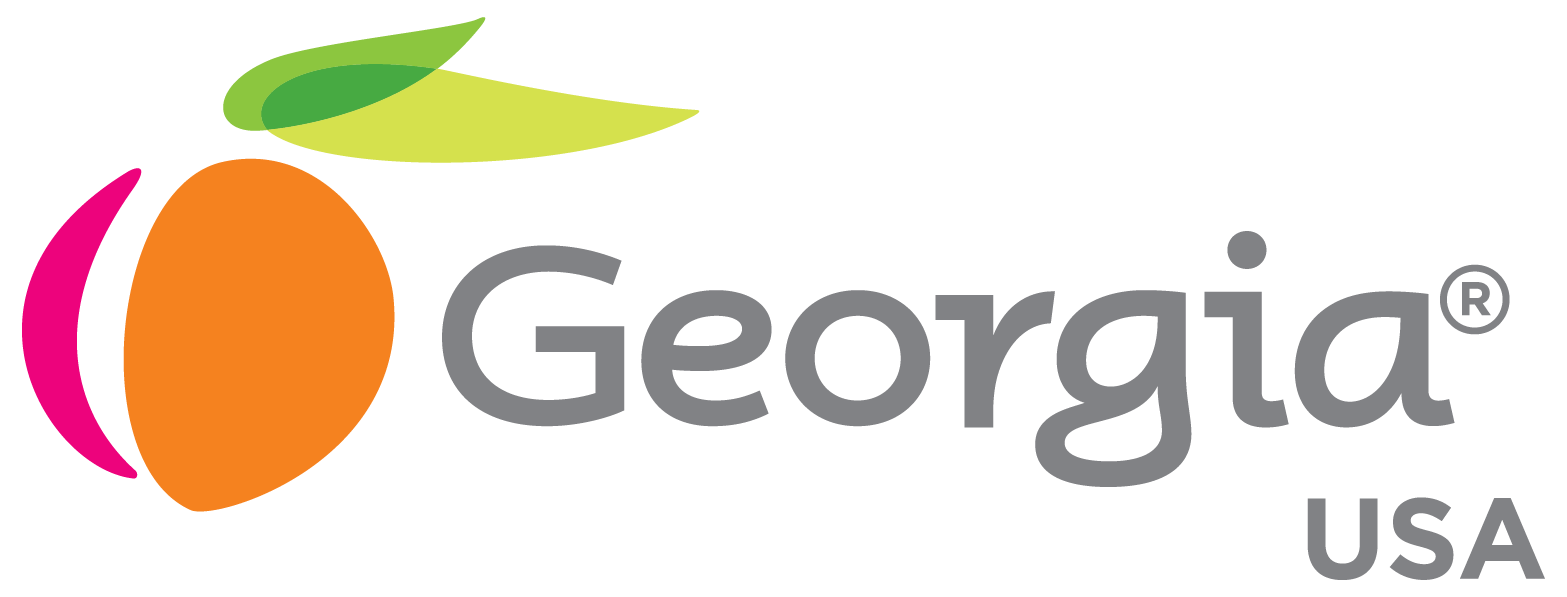Title Page
-
Site
-
Conducted on
-
Prepared by
-
Location
Health & Hygiene practices
-
•Educate workers on good health and hygiene practices
-
Do your workers know not to come to work when they are unwell, even if they feel fit to work?
-
Look for signs of ‘presenteeism’? Are managers and supervisors modelling the correct behaviours or is there a culture of ‘soldiering on’ that needs to be discussed as a team?
-
Have you informed workers about the importance of hand washing?
-
Have you trained workers on how to wash their hands (with soap and water for at least 20 seconds) and dry them correctly?
-
Have you trained workers on how to correctly use alcohol-based hand sanitiser?
-
Inform workers and others when they need to wash their hands. This includes:
-
before and after eating
-
after coughing or sneezing
-
after going to the toilet
-
after changing tasks
-
after touching potentially contaminated surfaces
-
Inform workers of the following good hygiene measures to limit the spread of the virus:
-
cover coughs and sneezes with an elbow or a tissue
-
avoid touching the face, eyes, nose and mouth
-
dispose of tissues hygienically
-
wash hands before and after smoking a cigarette
-
clean and disinfect surfaces and shared equipment
-
wash body, hair (including facial hair) and clothes thoroughly every day
-
stay more than 1.5 metres away from others
-
don’t shake hands and avoid any other close physical contact where possible
-
no spitting
-
put cigarette butts in the bin
-
Can you set up automatic alerts on computer systems to remind workers about washing hands and good hygiene measures?
-
•Put measures in place where reasonably practicable to minimise contact between people
-
Can you put in a system to provide for cashless transactions?
-
Require workers to minimise contact with others where possible
Hand washing & hand sanitising stations
-
Are there an adequate number of hand washing and hand sanitising stations to sustain the increase in workers’ practicing good hygiene? Consider:
-
the number of workers on site
-
any shift arrangements
-
entry and exit points
-
high traffic areas
-
the need for workers to wash their hands before, during or after the completion of a work task
-
the location of the workplace or work tasks. Will workers be located outside away from common facilities such as bathrooms?
-
Are the hand washing and hand sanitising stations placed in convenient location to ensure workers and others can access them easily and frequently?
-
Have you talked to your contract cleaner or responsible worker to discuss if someone can check soap dispensers and monitor rubbish bins more frequently?
-
•How to set up hand washing facilities
-
Check the facilities are in good working order
-
Ensure facilities are adequately stocked with clean running water, soap or handwash and paper towels
-
Is water collecting anywhere it shouldn’t?
-
Is any paper towel dispenser working properly?
-
Are automatic soap dispensers an option?
-
Can you provide touch free bins?
-
Put posters up to inform workers and others how to wash their hands correctly and when to wash their hands.
-
•How to set up hand sanitising stations
-
Does the alcohol-based hand sanitiser have at least 60% ethanol or 70% isopropanol as the active ingredient as per the manufacturer’s instructions?
-
Set up stations at
-
entry and exit points to the workplace
-
entry and entry points to common areas
-
in areas that have high touchpoints or high traffic flows<br><br>For example:<br>Around the photocopier, near lifts
-
Put up posters at each station to inform workers and others how to sanitise their hands correctly and when
-
If children may enter the workplace, is hand sanitiser in a position to prevent accidental ingestion?
-
•Put measures in place that encourage good hygiene in the workplace
-
Increase access to closed bins in your workplace.
-
Put up signs to request customers only touch objects they are going to buy.
-
Communicate to workers that they are to report any flu-like symptoms to you, to stay away from the workplace and to seek advice from a health care professional.
-
Implement or review existing hygiene standards for common areas to ensure they require workers to:
-
Clean up after themselves
-
Place rubbish in bins provided
-
Avoid putting personal items such as phones on meal surfaces
-
Have adequate detergent and disinfectant products
-
•Put processes in place to regularly monitor and review the implementation of hygiene measures to ensure they are being followed and remain effective.
-
Put processes in place to make sure someone checks all hand washing and hand sanitising stations are adequately stocked.
-
Put processes in place to enable workers to efficiently raise issues relating to worker hygiene and hand washing or hand sanitising stations.
-
Develop infection control policies in consultation with your workers. These policies should outline measures in place to prevent the spread of infectious diseases at the workplace
Sign Off
-
Prepared by













